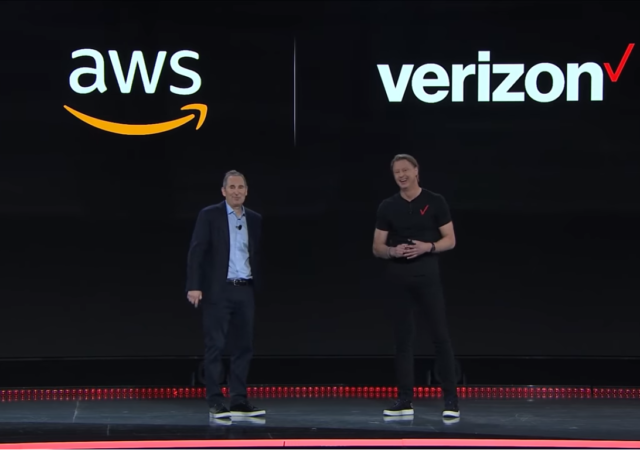This article is contributed by Francis Chow, Vice President and General Manager, In-Vehicle Operating System and Edge, Red Hat Organizations across the globe are deploying new services, generating massive amounts of data at the edge. With this explosion of data,…
Amazon Partners With Verizon for 5G Edge Computing with AWS Wavelength
5G is fast becoming the norm in the tech industry as more countries see the rollout of their own 5G networks. Back at AWS re:invent, Amazon Web Services made a significant announcement, in partnership with Verizon, which made it the…




